overleaf template galleryLaTeX templates and examples — Recent
Discover LaTeX templates and examples to help with everything from writing a journal article to using a specific LaTeX package.
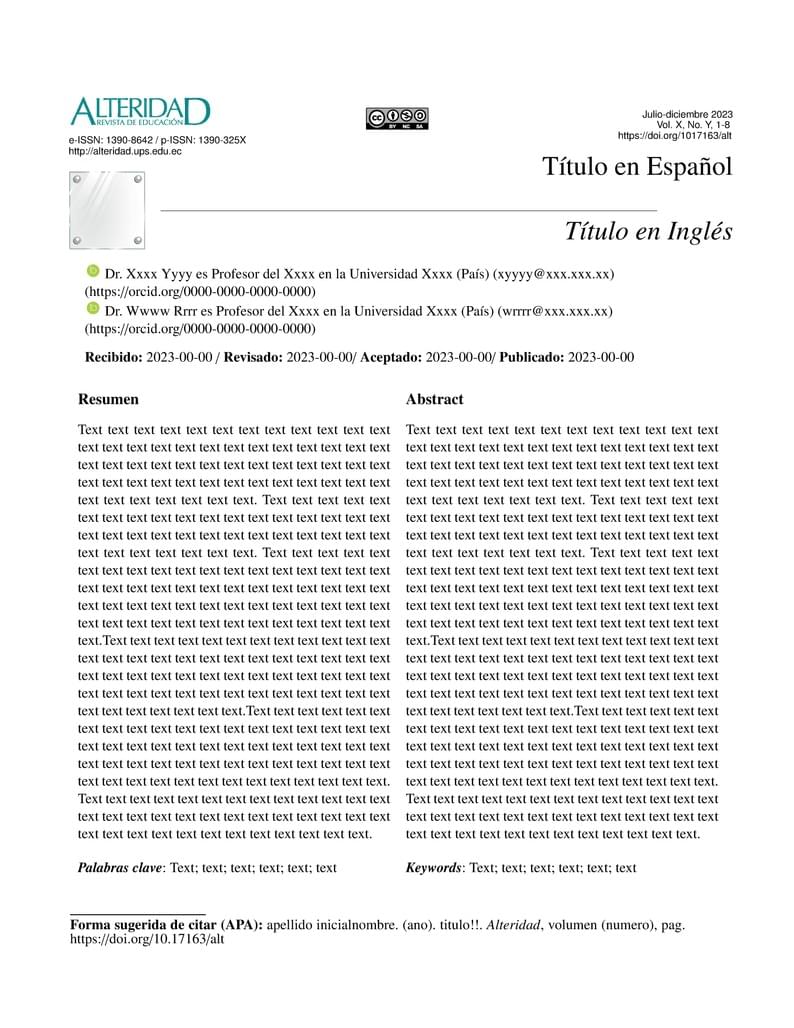
Revista de Educación
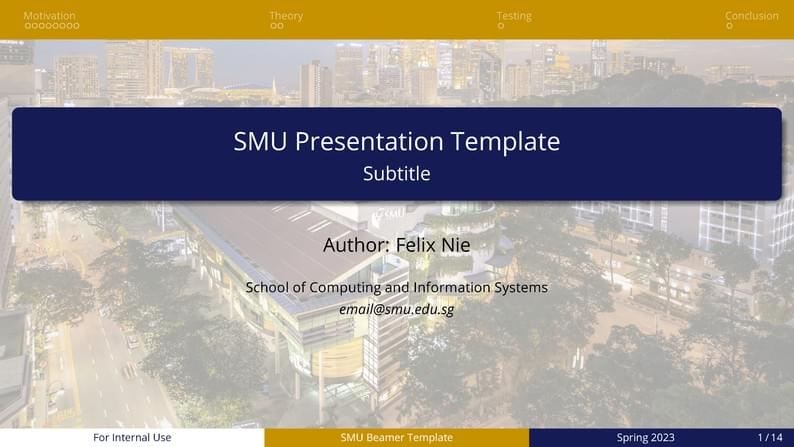
The unofficial LaTeX Beamer template for presentation slides, designed for students at Singapore Management University (SMU). This template is mostly inspired by the VT Presentation Template. GitHub repo: https://github.com/felixnie/smu-beamer.
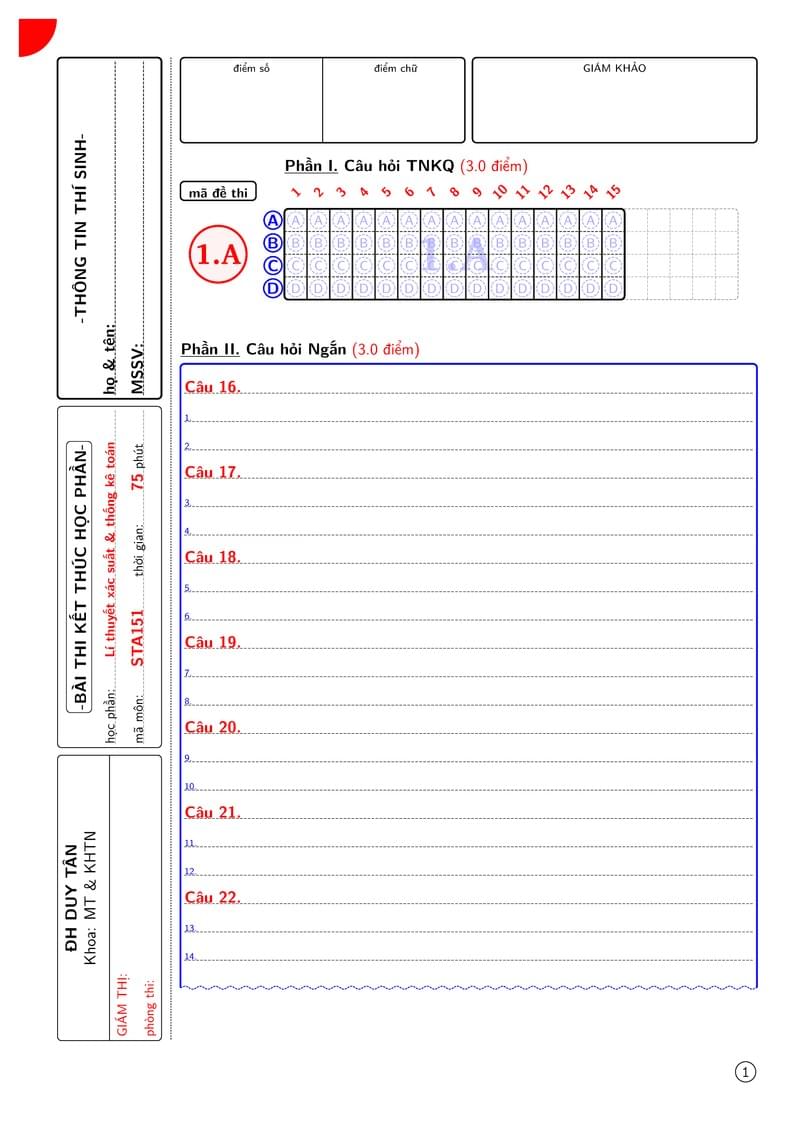
mẫu giấy làm bài thi (mẫu CCa), Đại học Duy Tân (DTU), Việt Nam.
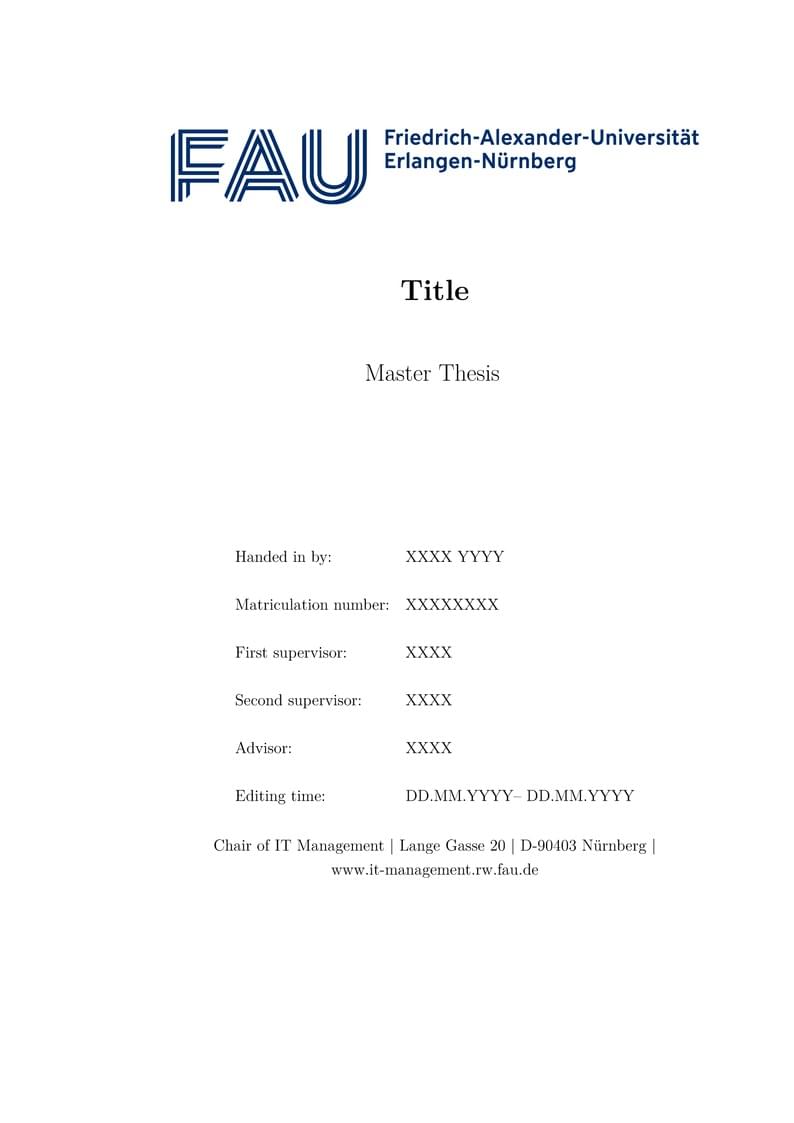
FAU WiSO Master Thesis
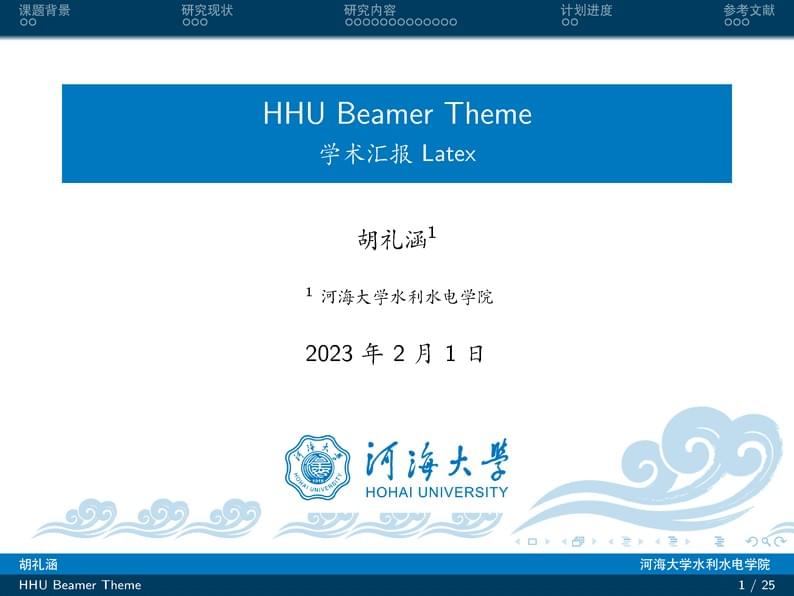
A version modified by Hu Lihan for Hohai Univ., China.
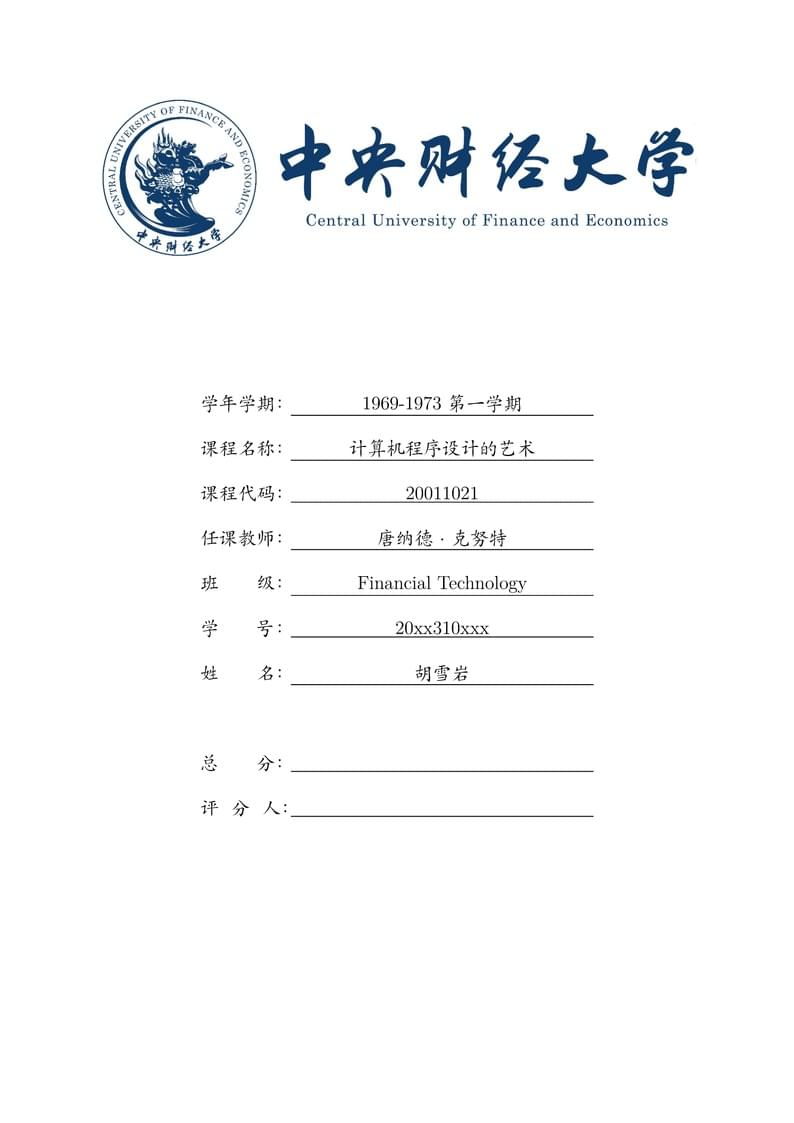
A non-official Course Report LaTeX Template of Central University of Finance and Economics (CUFE), Adapted from DoniaHakurei(https://github.com/DoniaHakurei/CUFE_thesis_LaTeX_template)from GitHub, based on new releases of the dean's office. 这是一个非官方的中央财经大学课程报告的LaTeX模版,根据教务处要求修改DoniaHakurei(https://github.com/DoniaHakurei/CUFE_thesis_LaTeX_template)在GitHub上的项目所得。
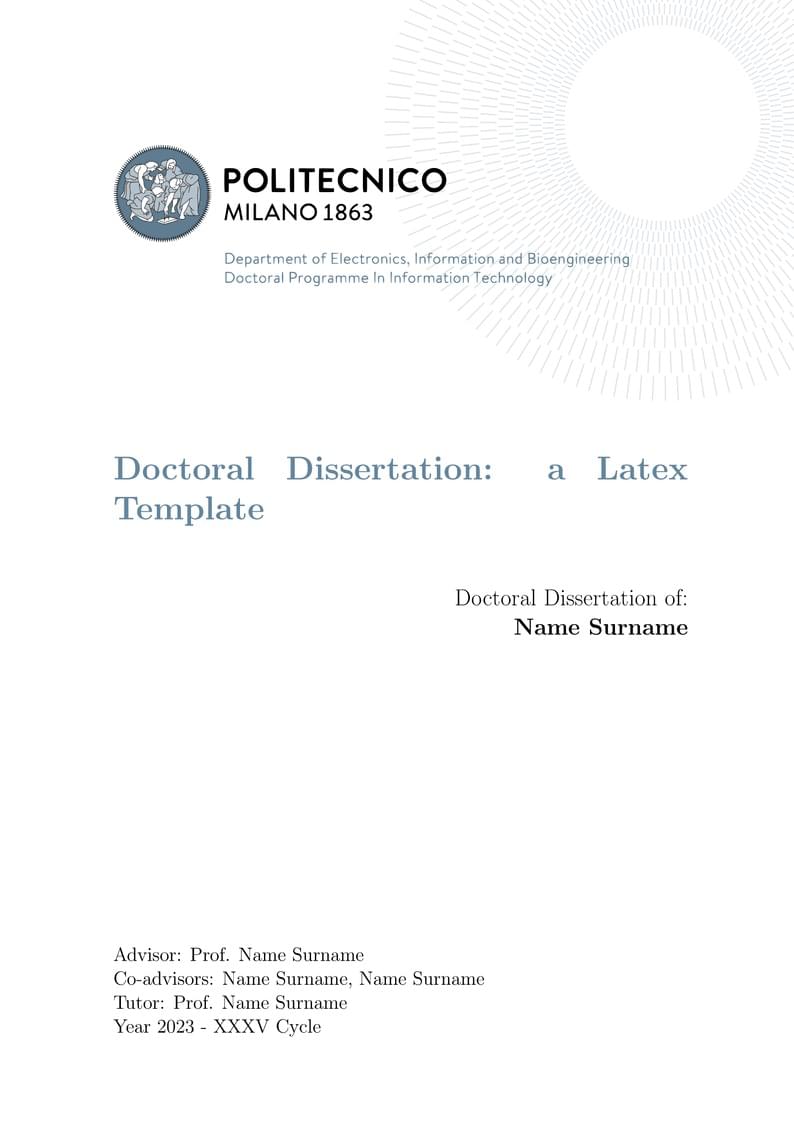
A template for a doctoral dissertation, with DEIB's logo. Minimally modified version of Polimi's Master Thesis Template

Template para Apresentações IFSP - Instituto Federal de Educação, Ciência e Tecnologia de São Paulo Câmpus São João da Boa Vista Desenvolvido por Prof. Dr. David Buzatto
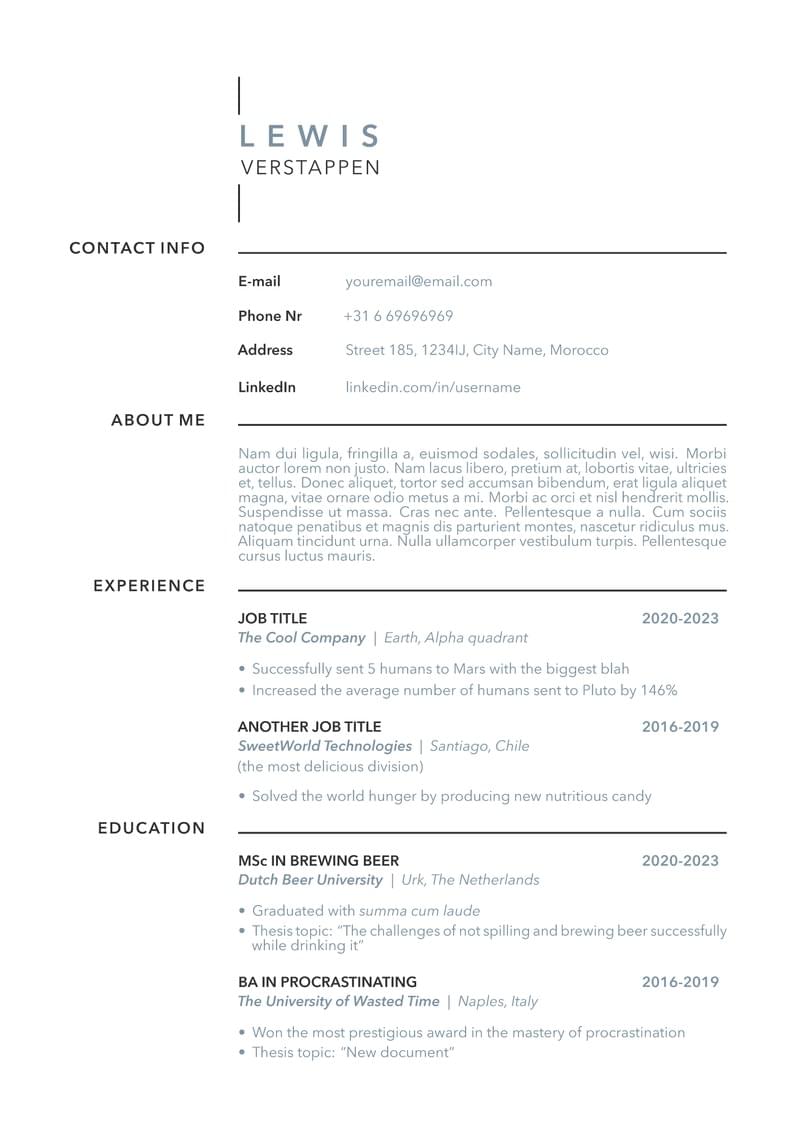
A minimalistic customizable academic CV template. You can change distances between different elements, colors of things, sizes, etc.
\begin
Discover why over 20 million people worldwide trust Overleaf with their work.